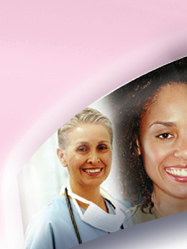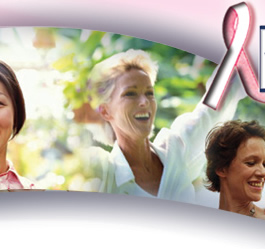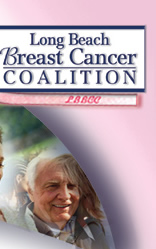|
The third component of a good breast health program is a clinical
breast examination (CBE) executed by a physician or other
trained health care professional, typically the day your receive
a mammogram, or every three years between the ages of 20 to
39. Since mammography misses approximately 15 percent of all
cancer lumps, CBE plays an integral role in the program.
After taking a medical history, your health care professional
should begin the examination by asking you to sit up on the
examination table (the examination sequence that follows may
vary slightly). Just as you did with BSE, she will be looking
for evidence of puckering, dimpling, discoloration, nipple
discharge or an inverted nipple (for a small percentage of
women inverted nipples are the norm), or any other irregularities
that suggest a possible problem. The areas above and below
the collarbone and in the underarm areas are examined for
lymph node enlargement, which can denote either an infection
or a cancer that has traveled from the breast area. Palpation
of each breast follows — this allows the health care
provider to search for detectable masses. She should then
ask you to raise your arms and press your palms together in
front of your chest to contract the chest muscles allowing
an abnormality to stand out. Finally, lying down with one
arm raised overhead, your breast on the same side as the raised
arm should be thoroughly examined with the procedure repeated
on the other side.
If you feel your health care provider has given your breasts
only a cursory exam, it’s perfectly okay to let her
know. For example, if your breasts and underarms were only
examined while you were sitting up, you can suggest it be
repeated while you’re lying down on the exam table.
It might even lead to inclusion of the reclining position
into future CBE examinations of all patients.
When you participate in a complete breast health program rest
assured that you are taking giant steps toward protecting
your health.
* A Complete Breast Health Program is adapted from
Reduce Your Breast Cancer
Risks: Basic Facts Plus Four Simple Changes That Work
by Joyce C. Smolkin
|








